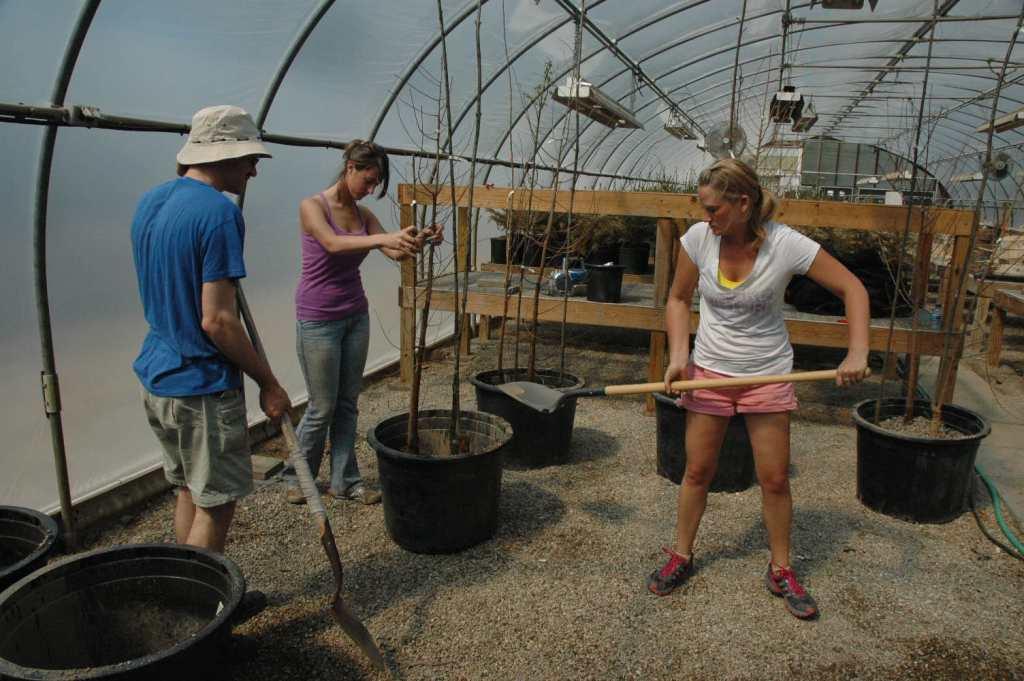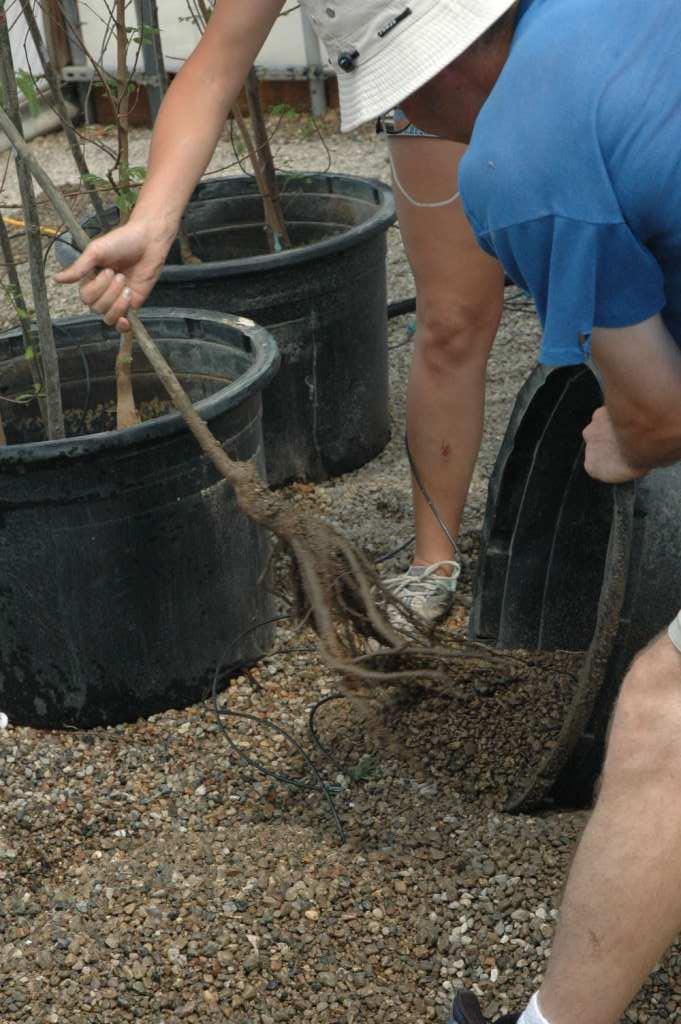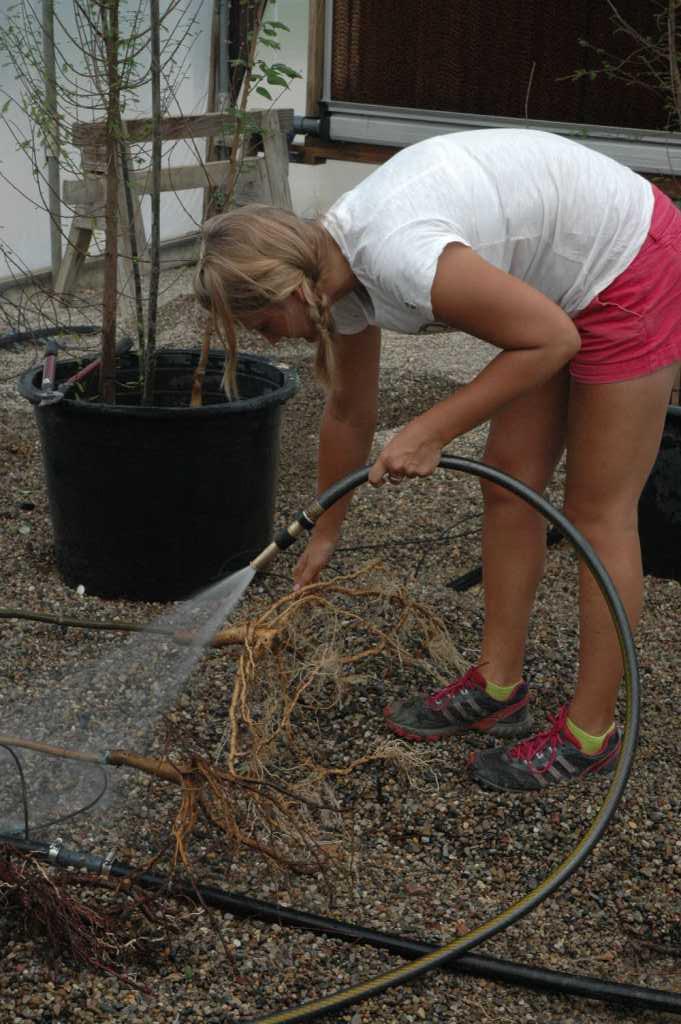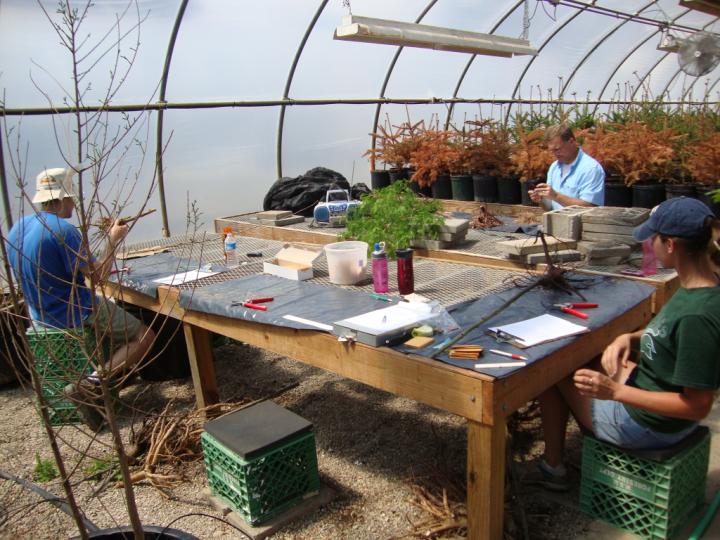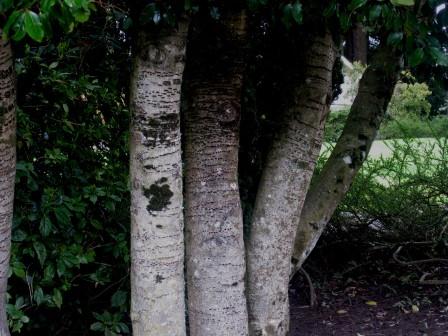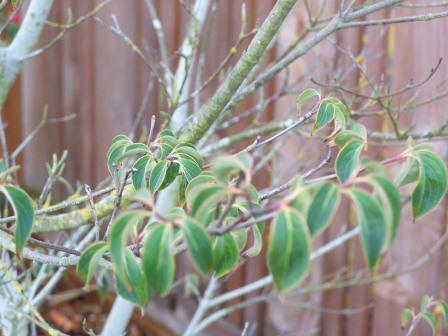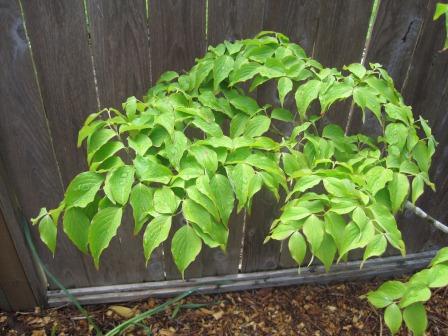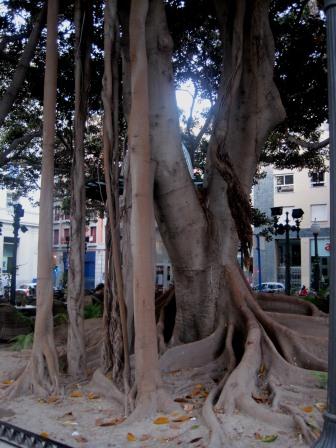I’ve been working with homemade garden remedies in one context or another for about 10 years now. As someone who has spent days searching for odd cures to garden problems I consider myself qualified to say that, of all of the remedies I’ve seen, vinegar seems to be the product with the most (supposed) uses. You can kill weeds with it, as well as plant diseases and insects. You can also use it as a fertilizer or even to acidify your soil. It’s amazing! But which of these uses are real and which are just someone flapping their jaws?
Vinegar as an herbicide: White vinegar which is about 5% acetic acid and does a nice job of burning the tops of plants, but not their roots – so a larger weed will live right through a spray even though it will look bad right after the spray. You can buy 20% acetic acid. It works faster, but it has essentially the same problem killing larger weeds that that 5% acetic acid does. Besides efficacy issues there are safety issues also. I’ve used 20% acetic acid and I think that this stuff is too dangerous for the average person. A little in the eyes could cause permanent injury. Just a little whiff of it is enough to make the nose start running (in other words it’s not good for mucous membranes).
Vinegar as a disease control: What a great idea! Spray something that kills plants onto your prized petunias to control disease! OK, when you use vinegar as a plant disease control you do use a lower concentration which shouldn’t hurt the plant. But vinegar has never proven to be particularly effective at controlling plant diseases.
Vinegar as a fertilizer: Nope, doesn’t work. Acetic acid only contains carbon hydrogen and oxygen – stuff the plant can get from the air. The other things that may be in vinegar could be good for a plant – but it seems an expensive method of applying an unknown amount of nutrition.
Vinegar as a soil acidifier: This is one that I’ve seen a lot – and so I tried it. In a nutshell, it just doesn’t work that well. It takes a lot of vinegar and the pH change is brief at best. Use something like sulfur instead.
So to summarize, despite a lot of recommendations, the only thing that vinegar has really proven to be good at is killing weeds – and then only if the weeds are young.




